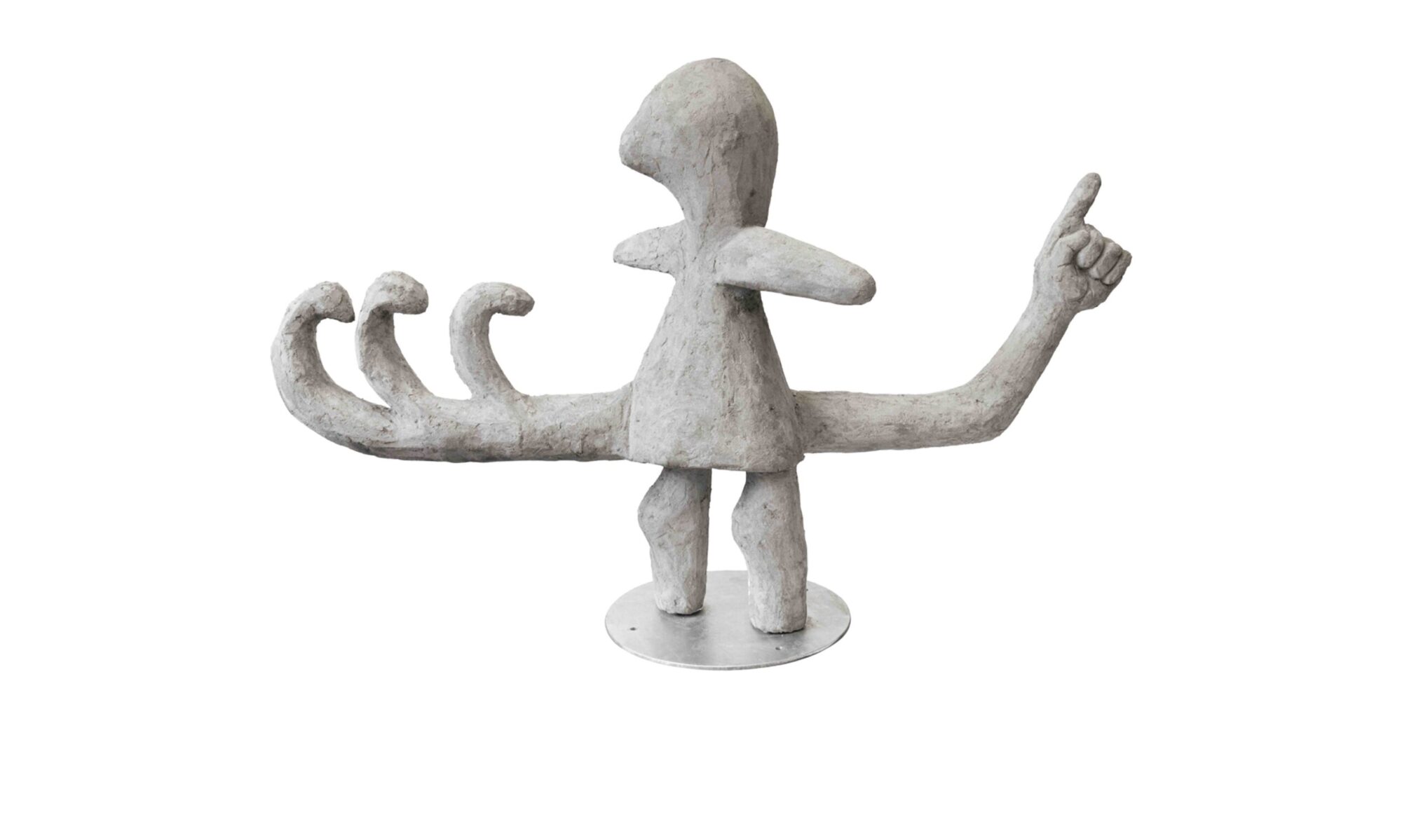ABC Gallery, 48 Albert Road, Woodstock | 5 – 30 February 2022
This exhibition explores the challenge of labels that were once used to condemn, while also anticipating and appreciating the possibility of alternate, mythical, ancient and new understandings of feminine powers as forces for unlocking social healing, wisdom, balance and foresight – not implicitly tied to identity or gender of constructed identity, but felt and experienced in emotion and movement and making. Featuring the works of Ilenè Jacobs, Kilmany-Jo Liversage, Ledelle Moe, Nomusa Musa Mtshali, Mia Thom, Sitaara Stodel, Sophia van Wyk, Barbara Wildenboer, this exhibition endeavours to query thoughts on power, representation, and healing while reckoning with the burden of historical constructions of gender and condemnations of identity.
Throughout history, power and self representation has been limited and exclusionary for women, non-binary and transgendered people, while positions that would enable access, power and assertion have been reserved for men. Witches were historically, and in contemporary society are, oftentimes seen as dangerous. In many instances, women practising healers are seen as threatening so much so, that according to Barbara Ehrenreich, midwives were previously persecuted and condemned as witches because they were seen to be interfering with male doctors (1972). As such, this exhibition ponders moments of interference, of disruption and aims to interrupt and reconsider. The title of the exhibition intends to highlight the generative possibilities of interferences, beyond annoyance, irritation or distraction (adjectives very familiar to descriptions of women throughout history), and thinks through the work of the selected artists around the potential in nuance and moments of pause.
In her PHD dissertation Yaseen Ally describes witchcraft accusations as a vehicle for the subordination of women in a male dominant society particularly when women are seen to be transgressing ideology, culture and religious norms (2013:51). The women accused of witchcraft are oftentimes harassed and attacked. Ally explains that violence against the perceived ‘witch’ is an “interpersonal attempt” for men to “reestablish a gendered relation where men occupy positions of power in most spheres of life” (2013:51).
Critical in the research and planning for this exhibition, has been an awareness and continued distress around the crisis of gender based violence as a predominant and ongoing reality in South Africa. Dr Floretta Boonzaier (cited in Ally 2013:41) describes the violence expressed from males to females “is underpinned by men attempting to hold on to hegemonic forms of masculinity.” According to Ally in a world where knowledge is created and centred around males, women are merely actors in this world (2013:47). Continuing a trajectory of thought, a crucial element in the work of actors is in an examination of their relation to archetypes. To further think through the metaphor of women as actors, and stretch and feel out the potentials rather than condemnations, the archetypes of Oracle, Goddess, or Witch, become interesting catalysts for further creative exploration.
The oracle archetype in history and popular culture is primarily portrayed as a female figure who holds the power of foresight. Both in ancient Greek mythology and in popular culture spheres like the Matrix, the Oracle figure guides people. There is also a long tradition of Oracles in African cultures that go by other names. Perhaps in contemporary society Oracles can be interpreted as analysts forecasting future models and depicting and reflecting on how those imagined environments could shape our behaviour.
Louis Laganà describes the archetype of the Goddess as “symbolising an earthly and cosmic source to the universe” (Laganà, 2009:2). She argues that there was a re-emergence of the Goddess movement in the late twenty century because of the increased awareness of the environmental state of the planet. According to Laganà the re-emergence was ignited because a “radical change of consciousness was required to transform society and that the goddess symbolised these changes” (Laganà, 2009:2).
Laganà describes that “with the return of the Goddess archetype in modern society, the power of the feminine is being expressed in all areas of life” (2009:1). According to Elinor Gadon, “there is a re-evaluation of the female principle in religion, in psychology, in the arts, and in the quality and relationship of humanity to the planet we live on” (1989, 229-230). According to Gadon (1989, 229-230) “we are in the midst of a social evolution that will ultimately change how we see everything, as radically transformative as the smashing of the atom”.
The re-emergence of and interest in these varying archetypes comes from the suppression and repression of all feminine sources. The patriarchal framework dismisses and reproaches transgressive femininity as reproachable behaviour. Instead of labelling these stereotypes with unrealistic supernatural powers, perhaps these intuitive and ritualist gifts can be used and consulted for a greater good.
In a time in world history where so much upheaval with COVID-19, political unrest, religious and gender-based persecution, a return to the feminine intuitive power could perhaps serve humanity again. Instead of persecution, celebrate the gifts and opportunities revealed in the contributions generated from a place of feminine power. Perhaps through the trifecta archetypal qualities of the witch, goddess and oracle, we stand a chance to combat the violent patriarchal framework faced in society today. The participating artists cover the aspect of ritual, feminine and transgender stereotypes, ways of being and seeing, and interrogate the question of the previously negatively perceived labels of witch, oracle and goddess.
Sources Consulted
Ally, Y. 2013. Witchcraft accusations in South Africa: a feminist psychological exploration. PHD thesis, University of South Africa.
Ehrenrich, B. 1972. Witches, Midwives, & Nurses. Feminist Press at CUNY. New York.
Gadon, Elinor, (1989), The Once And Future Goddess, Harper Collins.
Jung, C.G., (1959), Four Archetypes, Mother/Rebirth/Spirit/Trickster, Bollingen Series, Princeton University Press.
Laganà, L. 2009. The Re-emergence of the Great Mother Goddess. In- ternational Journal of Arts and Sciences 3(3): 67 – 76
Walden, A. 2018. Ayesha Tan Jones Finds Hope Within Dystopia. Available: https://www.berlinartlink.com/2018/05/22/ayesha-tan-jones-finds-
hope-within-dystopia/
Accessed on 3 August 2021






